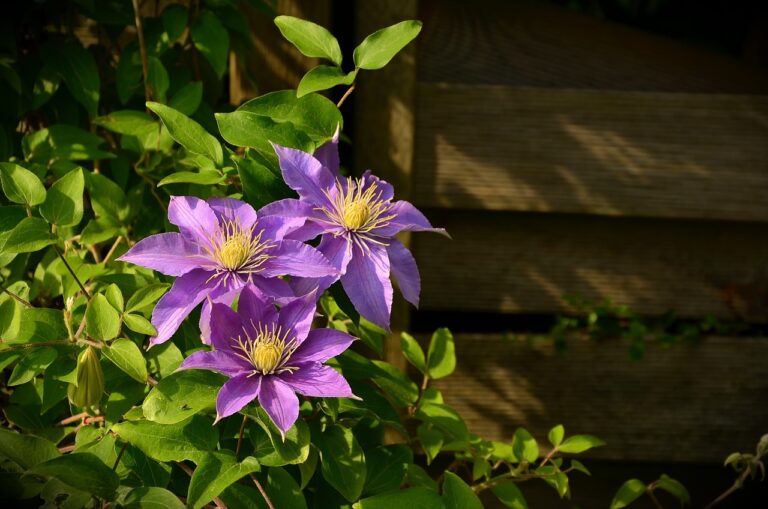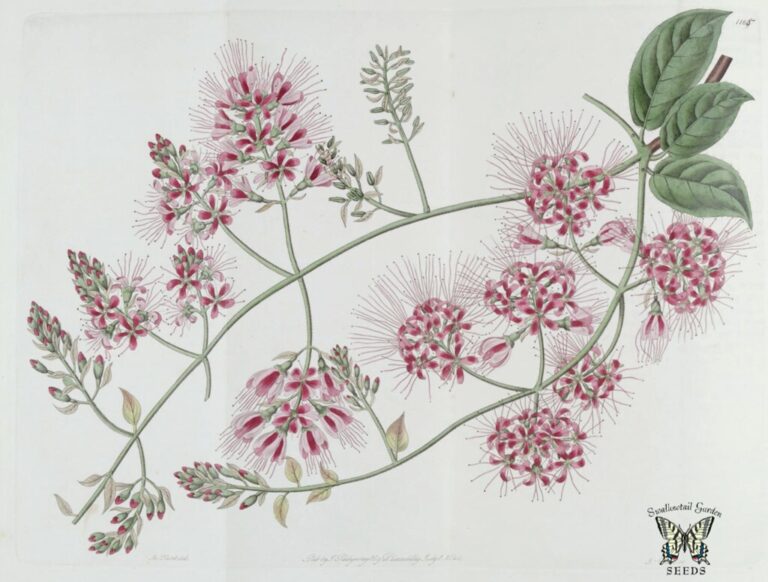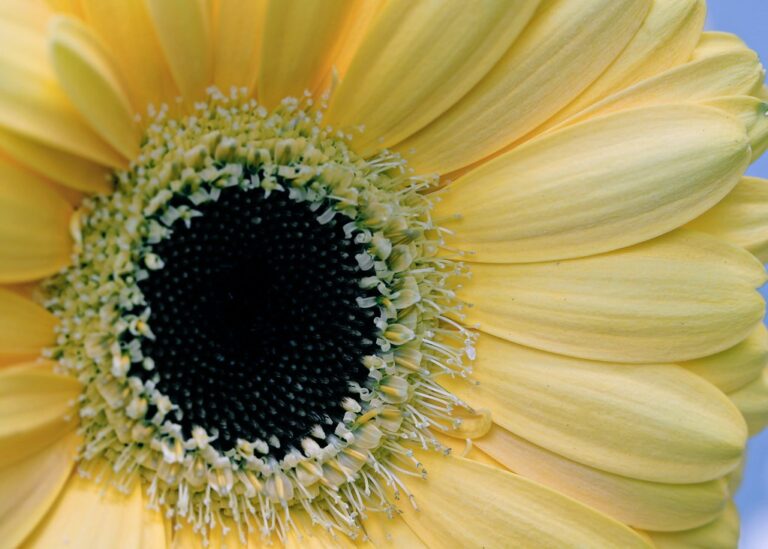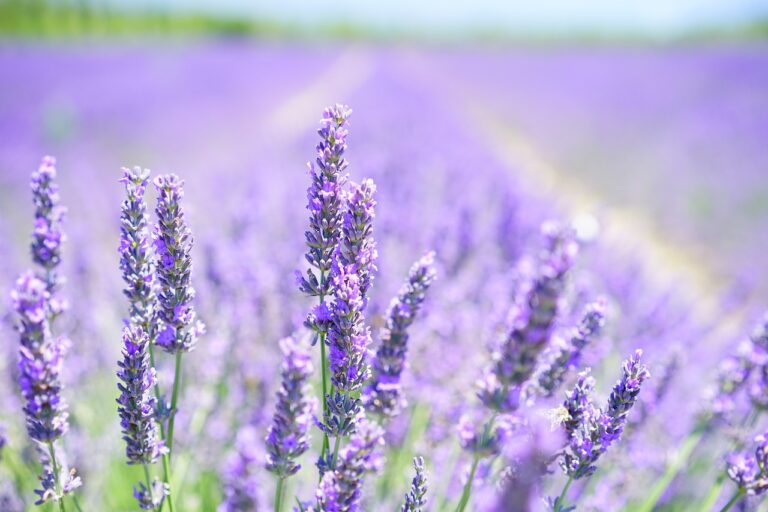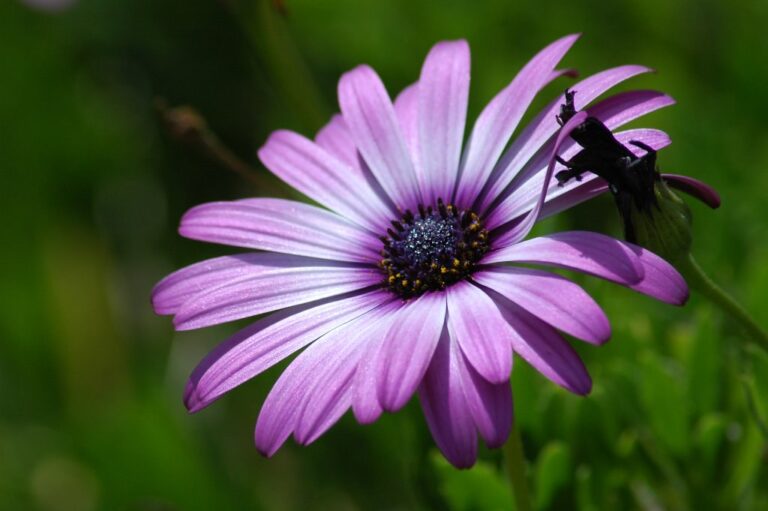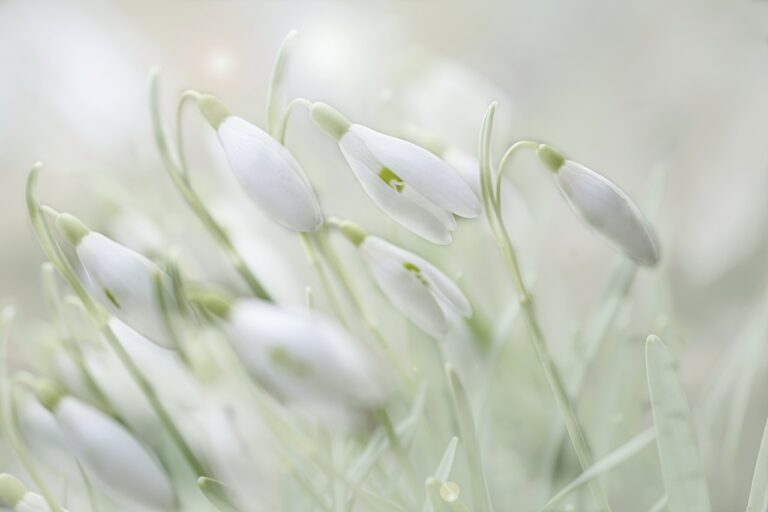Understanding the Snowdrop Flower: Characteristics and Features
Are you curious about the enchanting snowdrop flower? Look no further! In this article, we will delve into the various characteristics and features of this delicate beauty. From its history and physical appearance to its symbolism and cultural significance, we will explore it all. Discover the ideal habitat and growing conditions for these lovely blooms, as well as the secrets behind their pollination and reproduction. Whether you're a budding gardener or simply fascinated by nature, this article will provide you with valuable insights and tips.
History and Origins
Discover the fascinating history and origins of the snowdrop flower. This delicate and enchanting bloom has captured the admiration of many throughout the ages. Believed to have originated in the Mediterranean region, the snowdrop has a rich history dating back thousands of years. It was highly revered by the ancient Greeks and Romans, who associated it with purity and hope. In the 16th century, it gained popularity in Europe as a symbol of perseverance and rebirth. The snowdrop's name, Galanthus, is derived from the Greek words "gala," meaning milk, and "anthos," meaning flower, due to its milky white petals. Today, this beautiful flower continues to captivate hearts and serve as a reminder of hope and renewal, making it a cherished symbol in gardens, literature, and art.
Physical Appearance
Examining the physical appearance of the snowdrop flower reveals its unique features and distinguishing characteristics. The snowdrop flower is a small, delicate plant that typically grows to be about 3-6 inches tall. Its stem is slender and green, adorned with a single bell-shaped flower that hangs downward. The flower consists of three outer petals, which are pure white and resemble drops of snow, giving the plant its name. Inside the outer petals, there are three smaller inner petals that are shorter and often have a green mark at their tips. The snowdrop flower also has a small, green ovary at the base of the petals. Overall, the snowdrop flower exudes an elegant and timeless beauty, making it a beloved symbol of hope and purity.
Blossoming Season
As the snowdrop flower enters its blossoming season, you can observe its enchanting beauty and delicate features. The blossoming season of the snowdrop typically occurs in late winter or early spring, making it one of the first flowers to emerge after the cold winter months. The snowdrop's blossoms are characterized by their pure white petals, which are sometimes tinged with a delicate shade of green. These dainty flowers often appear in clusters, hanging gracefully from their slender stems. The blossoming snowdrops bring a sense of hope and renewal, symbolizing the arrival of warmer weather and the end of winter's gloom. Their delicate appearance and early blooming nature make them a beloved sight for those who desire to serve others, bringing joy and beauty to the world.
Symbolism and Cultural Significance
A significant aspect of the snowdrop flower is its cultural significance and the symbolism it holds. In many cultures, the snowdrop is a symbol of hope, purity, and rebirth. Its delicate white petals emerging from the cold, snowy ground signify the arrival of spring and the end of winter's darkness. The snowdrop has also been associated with new beginnings and the triumph of light over darkness. In Christian symbolism, the snowdrop is often associated with the Virgin Mary and represents her purity and innocence. Additionally, the snowdrop is regarded as a symbol of sympathy and consolation, making it a popular choice for funeral arrangements and sympathy bouquets. Its humble beauty and resilience in the face of adversity make the snowdrop a cherished symbol of hope and renewal.
Habitat and Growing Conditions
To successfully grow snowdrop flowers, you will need to provide them with specific habitat conditions. Snowdrops are hardy, low-growing plants that thrive in cool, temperate climates. They prefer well-draining soil that is rich in organic matter. It is important to ensure that the soil remains consistently moist but not waterlogged, as excessive moisture can lead to root rot. Snowdrops also require a good amount of sunlight, although they can tolerate partial shade. When it comes to temperature, snowdrops prefer cool conditions and can withstand freezing temperatures. They are often the first flowers to bloom in late winter or early spring, signaling the arrival of warmer weather. By providing the right habitat conditions, you can enjoy the beauty of snowdrop flowers in your own garden.
Unique Adaptations
The snowdrop flower's unique adaptations enable it to thrive in various habitats. One of its most remarkable adaptations is its ability to survive in cold temperatures. The snowdrop has evolved to withstand freezing temperatures by producing a natural antifreeze substance in its cells. This allows the flower to continue growing even in the harshest winter conditions. Additionally, the snowdrop's ability to flower early in the year is another adaptation that sets it apart. By blooming before other plants, the snowdrop maximizes its chances of pollination by attracting early-emerging insects. This strategic timing ensures the survival and propagation of the species. Another fascinating adaptation of the snowdrop is its ability to grow in both shady and sunny areas. Its narrow leaves and small, delicate flowers allow it to thrive in the understory of forests as well as in open meadows. This adaptability enables the snowdrop to colonize a wide range of habitats and fulfill its ecological role. Overall, the snowdrop's unique adaptations make it a resilient and versatile flower that serves as a symbol of hope and renewal.
Pollination and Reproduction
Now that you understand the snowdrop flower's unique adaptations, let's delve into its pollination and reproduction process. Snowdrops are primarily pollinated by insects, particularly bees and flies. These tiny creatures are attracted to the sweet nectar produced by the flowers. As they land on the snowdrop's white petals, they unwittingly brush against the plant's reproductive organs, known as stamens and pistils. This transfer of pollen from the stamen to the pistil is essential for fertilization to occur. Once fertilized, the snowdrop's ovary develops into a fruit containing seeds. These seeds are dispersed by ants, who are attracted to the seed's sugary coating. The ants carry the seeds to their underground nests, where they provide a safe environment for germination and growth. Understanding the intricate pollination and reproduction process of the snowdrop flower allows us to appreciate the vital role it plays in the natural ecosystem.
Common Varieties and Hybrids
You may often encounter a variety of common snowdrop flower types and hybrids in gardens and nurseries. These beautiful and delicate flowers come in different shapes, sizes, and colors, adding a touch of elegance to any landscape. One popular variety is the Galanthus nivalis, also known as the Common Snowdrop. It features drooping white flowers with green markings on its inner petals. Another common variety is the Galanthus elwesii, or the Giant Snowdrop, which boasts larger flowers and a more pronounced green marking. For those looking for something unique, hybrids like the Galanthus plicatus 'Wendy's Gold' or 'Flore Pleno' offer a twist with yellow outer petals or double flowers, respectively. These common varieties and hybrids allow you to enjoy the beauty of snowdrops in various forms, enhancing the charm of your garden or nursery.
Care and Maintenance Tips
To properly care for and maintain your snowdrop flowers, it is important to follow these essential tips. First, make sure to plant your snowdrops in a well-draining soil that is rich in organic matter. These delicate flowers thrive in partial shade, so choose a spot in your garden that receives dappled sunlight. Water your snowdrops regularly, keeping the soil consistently moist but not waterlogged. It's also crucial to fertilize your snowdrops annually, using a balanced, slow-release fertilizer. Be careful not to over-fertilize, as this can lead to excessive foliage growth and reduced flower production. Finally, after the snowdrops have finished blooming, allow the foliage to die back naturally, as this helps to store energy for the next season. By following these care and maintenance tips, you can ensure that your snowdrop flowers flourish year after year.
Uses and Benefits
After properly caring for and maintaining your snowdrop flowers, you can now explore their various uses and benefits. Snowdrops are not only beautiful to look at, but they also serve a number of practical purposes. One of the main benefits of snowdrops is their ability to attract early pollinators, such as bees and butterflies, to your garden. This can help support the overall health and biodiversity of your outdoor space. Additionally, snowdrops have been used for their medicinal properties for centuries. The bulbs contain alkaloids that have been used to treat ailments such as headaches, nervous disorders, and even as a natural remedy for Alzheimer's disease. Finally, snowdrops are often used in floral arrangements and bouquets due to their delicate and elegant appearance. Adding snowdrops to your home can bring a touch of beauty and tranquility to any space.
Conclusion
In conclusion, the snowdrop flower is a delicate and enchanting plant with a rich history and cultural significance. Its physical appearance, with its white petals and green markings, adds to its allure. Blossoming in the early spring, it symbolizes hope and rejuvenation. Snowdrops thrive in woodland habitats and require specific growing conditions. Through pollination and reproduction, they give rise to various varieties and hybrids. By providing care and maintenance, one can enjoy the beauty and benefits of snowdrop flowers in gardens and landscapes.

